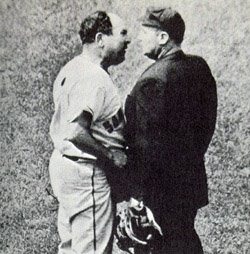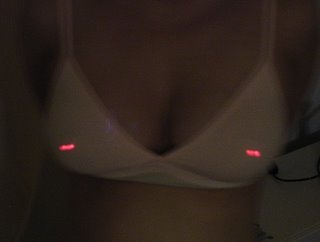1491 – Talking Knots
This was such an interesting article: imagine the history of an entire civilization locked up in a secret code, awaiting the right person to crack it. It’s almost too good to be true, so “Raiders of the Lost Ark”. Where’s Indiana Jones and his fedora?
What I found surprising is that for years, we have thought of the Incan civilization as one that did not possess a written language. Yet it seems improbable that they would have been able to develop a far-reaching empire with massive architecture without some form of written language. Is it just Western arrogance to think of written language as something having to be transcribed/drawn/scratched onto another surface or was it the absence of a “Rosetta Stone” providing the key?
The other thing that was so fascinating is that Khipu seems to be a binary language, or as Urton puts it a “seven bit binary array.” It almost sounds like ICM discussion. The lesson is that communication can come in many forms, not just words on a flat surface and we have to become more receptive.
The quest for power – Stefano Marzano
This article is one of the reasons that I’m at ITP. As an industrial design student back in the 90s, I was well aware of what was coming out of Europe, in particular Alessi, Philips Design and the big furniture makers like Vitra. The Vision of the Futures project was a huge influence on me, changing my aesthetic sensibility, and more importantly, challenging my notions of what a product is, and how it fits into our world.
In “The Quest for Power,” Marzano continues this challenge. In addressing the need to move into Wearables, Marzano identifies one of the hidden truths of product design: that as designers, we are unable to deliver true “usability”. Yes, we can call our friends from anywhere, but we still need to carry the phone with us. Miniaturization has gotten us a long way, but we’re not completely liberated yet.
Although written in1999, the article is still relevant for Marzano’s call for “integration” has yet to be answered fully. Except for a few examples such as the Burton Amp Jacket, the worlds of fashion and that electronics have yet to collide. This sounds very much like the trend Angel Chang identified. The good news for us as designers investigating the possibilities of Wearables, is that there is ample room for exploration.






